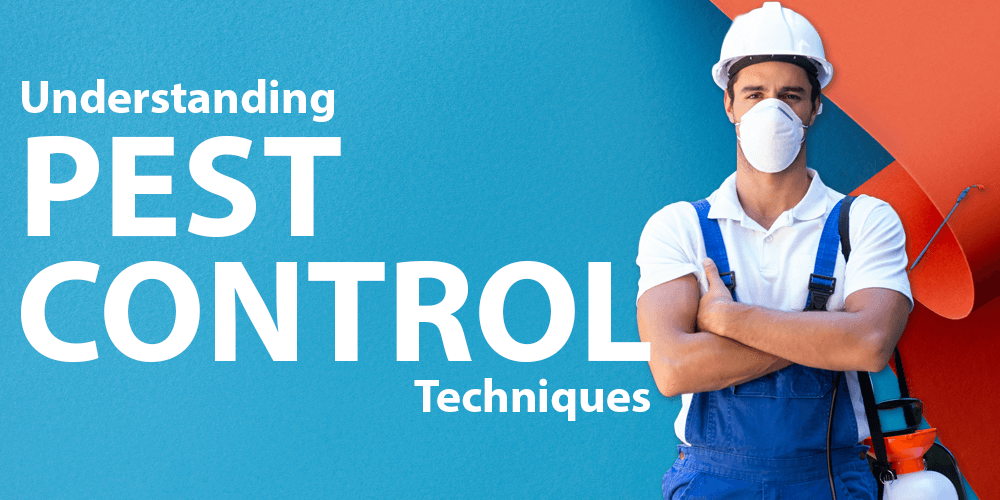Maintaining a healthy and secure home and business environment requires effective pest management. From the bustling streets of New York City to the serene suburbs of Ohio, pest control service plays a pivotal role in ensuring that pests do not disrupt our daily lives. In this article, we will delve into pest control techniques, exploring effective methods to combat these unwanted intruders and protect our living spaces.
Identification of Pest Problems
The first step in effective pest control is accurately identifying the pest species causing the issue. This step is crucial because different pests require different treatment approaches. In Ohio, pest control professionals often encounter a variety of pests, including rodents, insects, and even wildlife. Understanding the specific pest problem is essential for selecting the suitable control method.
Unlocking the Secrets of Pest Control Techniques
Pest control techniques are strategies and methods employed to manage and mitigate unwanted pests, such as insects, rodents, and wildlife, in various environments, including homes, businesses, and agricultural settings. These techniques encompass a range of approaches. Below are the following:
A. Integrated Pest Management (IPM)
Integrated Pest Management, commonly known as IPM, is a comprehensive approach that focuses on preventing and managing pest infestations in an environmentally responsible manner. Unlike traditional pest control methods that rely heavily on pesticides, IPM incorporates various strategies. These include:
- Inspection and monitoring to identify pest hotspots.
- Habitat modification to eliminate breeding grounds.
- Implementation of physical barriers to prevent pest entry.
- Use of biological controls, like natural predators or parasites.
- Selective pesticide application only when necessary.
IPM promotes a holistic and sustainable approach to pest control, reducing reliance on harmful chemicals and minimizing environmental impact.
B. Biological Control
Biological control is a pest management method that harnesses the power of nature to combat pests. It involves introducing natural predators, parasites, or pathogens into the ecosystem to control pest populations. For example, releasing ladybugs to eat aphids or using nematodes to control soil-dwelling insects can be highly effective.
In Ohio, where agricultural activities are prevalent, biological control methods have gained popularity as a means to protect crops while minimizing the use of synthetic pesticides. This approach helps in pest control and maintains the ecological balance of the environment.
C. Mechanical Control
Mechanical pest control methods rely on physical barriers or traps to prevent or capture pests. These techniques are beneficial for rodents and more significant problems. Some standard mechanical control methods include:
- Rodent traps, like snap traps and live traps.
- Bird netting to prevent avian problems from damaging crops.
- Installing screens and seals to keep pests out of buildings.
- Using light traps to attract and capture flying insects.
Mechanical control methods offer a humane way to manage pests without using harmful chemicals, making them a preferred choice for many in Ohio.
D. Chemical Control
While chemical control methods are often a last resort, they can be necessary in certain situations. Chemical pesticides are made to kill or repel pests. However, using them cautiously is essential to prevent harm to non-target organisms and the environment.
In Ohio, pest control service providers adhere to strict regulations and guidelines when using chemical pesticides. They prioritize the safety of residents and the environment by choosing the least toxic products and applying them in a targeted manner.
E. Cultural Control
Cultural control methods involve altering human practices or routines to reduce pest infestations. This may include changing planting or harvesting schedules, practicing proper sanitation, and maintaining clean and clutter-free spaces. By making these adjustments, individuals and businesses in Ohio can create an environment less conducive to pests.
Guarding Ohio’s Homes, One Pest At A Time.
Pest control service in Ohio and other regions is vital to maintaining a pest-free living and working environment. Understanding the various pest control techniques available, from the comprehensive approach of Integrated Pest Management (IPM) to biological, mechanical, chemical, and cultural controls, empowers individuals and businesses to make informed decisions when dealing with pest problems.
Effective pest control protects property and crops and contributes to the community’s overall well-being. By working together and utilizing these techniques responsibly, we can ensure that pests do not disrupt our lives and livelihoods in the beautiful state of Ohio.



